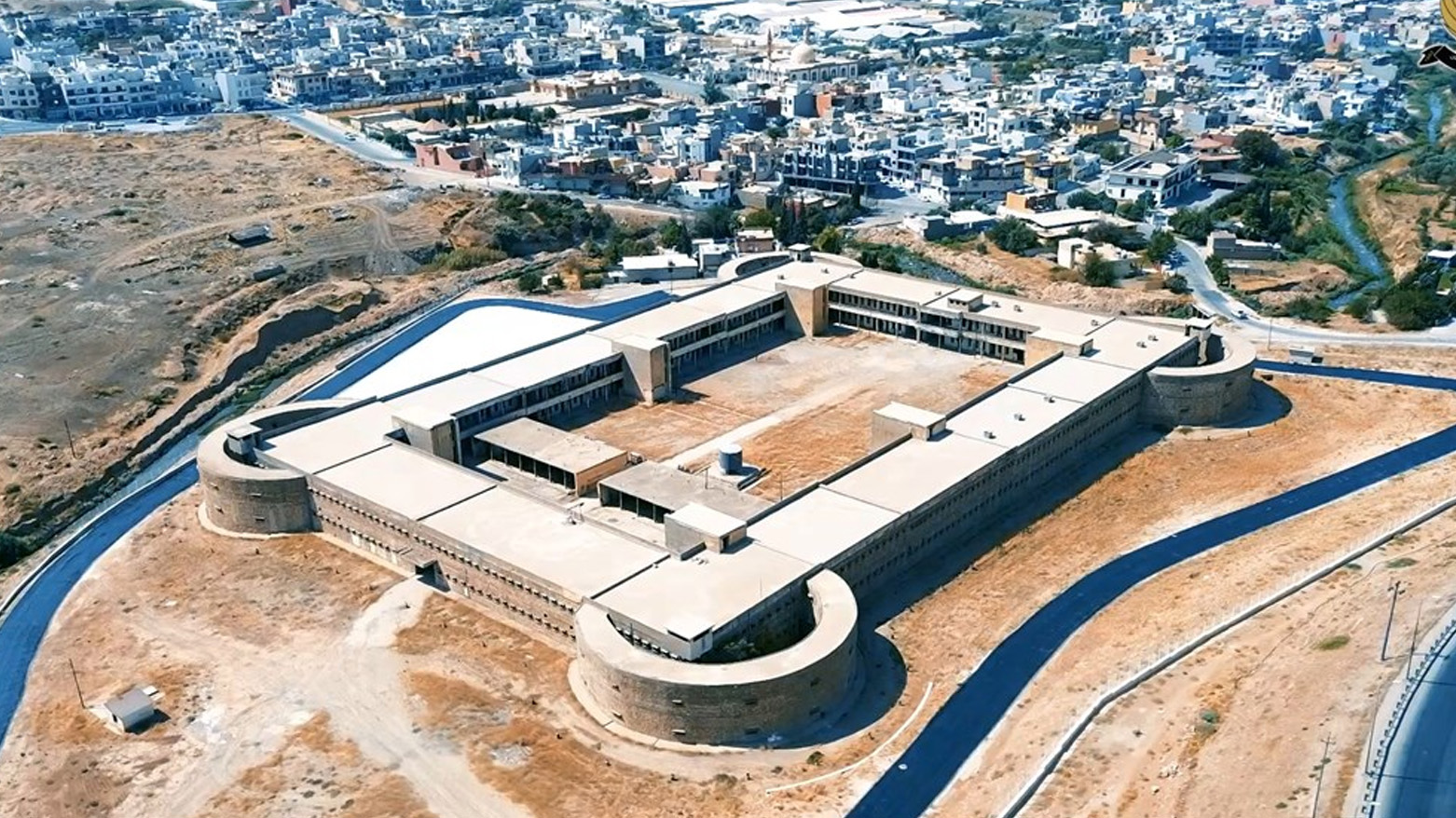Nizarke castle: From Prison of Torture to National Memory Museum
Duhok's Nizarke castle, a former Baath regime prison and torture center, is being transformed into a National Museum of Memory. The 900 million dinar renovation project, 95% complete, will preserve prisoner inscriptions and document Anfal genocide history.

ERBIL (Kurdistan24) - Nizarke castle in Duhok, once known as one of the Baath regime’s most notorious prisons and torture centers, is being transformed into a National Museum of Memory, dedicated to preserving the dark history of the site and commemorating the victims of the Anfal genocide and other crimes against the Kurdish people.
Built around 1988 by Saddam Hussein’s regime over an area of 36,000 square meters, the castle served as a detention and torture facility for thousands of Kurdish civilians, particularly during the Anfal campaign.
The renovation project, which aims to restore and protect the historical structure, has reached 95% completion of its second phase, with a total budget of approximately 900 million Iraqi dinars allocated for both stages.
The main goal of the project is not to erase the past, but to preserve and revive it. The restoration team has worked meticulously to maintain the authenticity of the original walls, which still bear the writings and markings left by prisoners—painful yet powerful expressions of resistance and suffering.
Hasan Fattah, Director of Culture and Arts in Duhok, told Kurdistan 24 that the site will serve as a “model community museum” focused on preserving Kurdish collective memory.
“All the artifacts, memories, and pains of Anfal will be collected and displayed here,” Fattah said, confirming that the museum will also feature documents and evidence related to the Anfal genocide, the chemical attacks, and the Yazidi genocide in Shingal.
Project supervisor Abdulqadir Mohammed highlighted the delicate technical work done to safeguard the site’s authenticity:
“The original walls, which still carry inscriptions made by prisoners—victims of the Baath regime—have been preserved using a special protective plastic coating,” he explained.
The renovation includes the construction of an external protective wall, the restoration of the surrounding area, and the installation of classic-style glass windows designed to maintain the atmosphere of the prison’s former cells. Exhibition halls and display platforms are also being prepared to showcase historical and visual materials that tell the painful stories of the prisoners and the brutality of the Baath regime.
Once completed, the Nizarke castle Museum will stand as a powerful reminder of the suffering endured by the Kurdish people—and as a symbol of their resilience and remembrance.